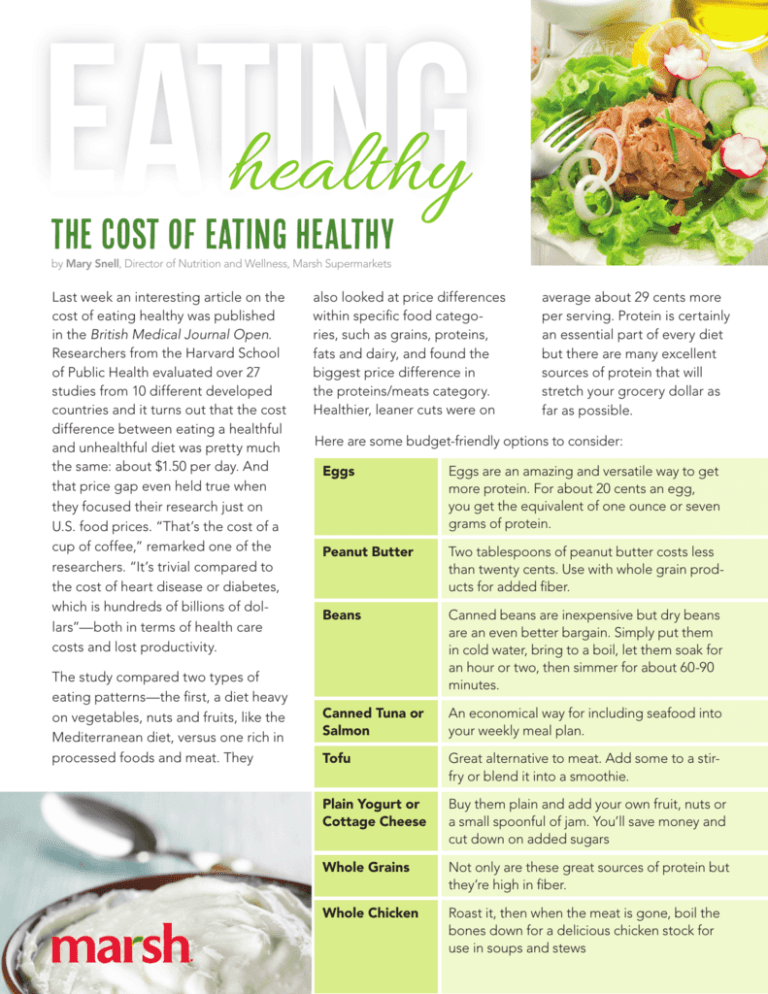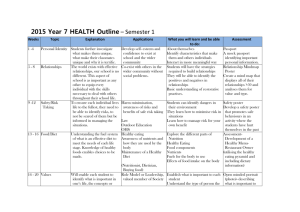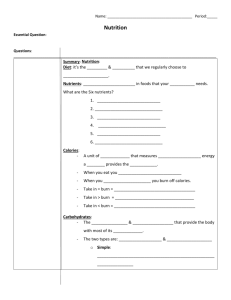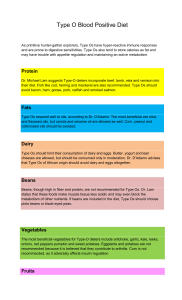The COst of eating Healthy
advertisement

The COst of eating Healthy by Mary Snell, Director of Nutrition and Wellness, Marsh Supermarkets Last week an interesting article on the cost of eating healthy was published in the British Medical Journal Open. Researchers from the Harvard School of Public Health evaluated over 27 studies from 10 different developed countries and it turns out that the cost difference between eating a healthful and unhealthful diet was pretty much the same: about $1.50 per day. And that price gap even held true when they focused their research just on U.S. food prices. “That’s the cost of a cup of coffee,” remarked one of the researchers. “It’s trivial compared to the cost of heart disease or diabetes, which is hundreds of billions of dollars”—both in terms of health care costs and lost productivity. The study compared two types of eating patterns—the first, a diet heavy on vegetables, nuts and fruits, like the Mediterranean diet, versus one rich in processed foods and meat. They also looked at price differences within specific food categories, such as grains, proteins, fats and dairy, and found the biggest price difference in the proteins/meats category. Healthier, leaner cuts were on average about 29 cents more per serving. Protein is certainly an essential part of every diet but there are many excellent sources of protein that will stretch your grocery dollar as far as possible. Here are some budget-friendly options to consider: Eggs Eggs are an amazing and versatile way to get more protein. For about 20 cents an egg, you get the equivalent of one ounce or seven grams of protein. Peanut Butter Two tablespoons of peanut butter costs less than twenty cents. Use with whole grain products for added fiber. Beans Canned beans are inexpensive but dry beans are an even better bargain. Simply put them in cold water, bring to a boil, let them soak for an hour or two, then simmer for about 60-90 minutes. Canned Tuna or Salmon An economical way for including seafood into your weekly meal plan. Tofu Great alternative to meat. Add some to a stirfry or blend it into a smoothie. Plain Yogurt or Cottage Cheese Buy them plain and add your own fruit, nuts or a small spoonful of jam. You’ll save money and cut down on added sugars Whole Grains Not only are these great sources of protein but they’re high in fiber. Whole Chicken Roast it, then when the meat is gone, boil the bones down for a delicious chicken stock for use in soups and stews











